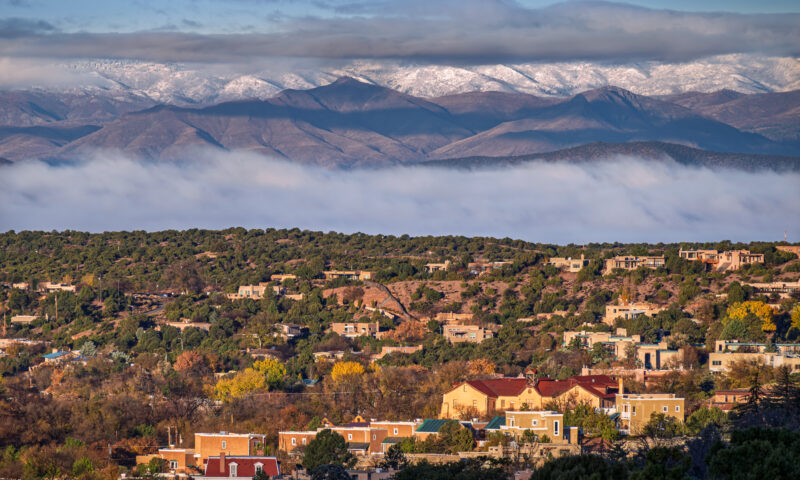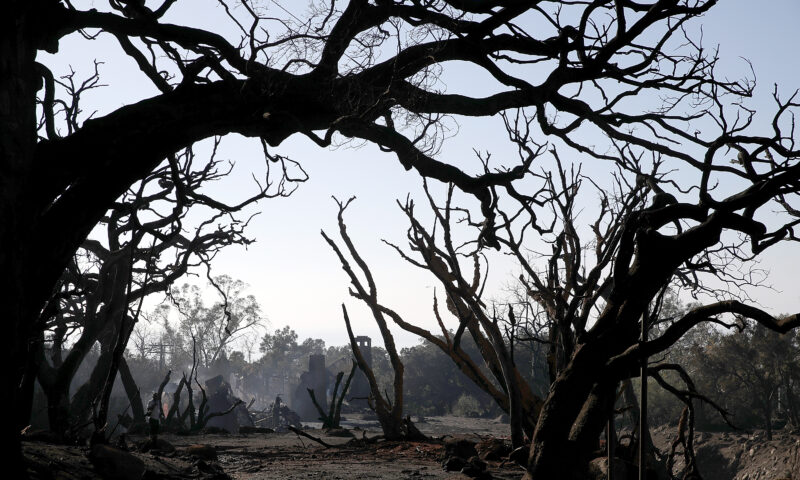Learning Curves
Last Call for Two Frat Houses
Swarthmore students shutter scandal-wracked fraternities. Business interests fight L.A.’s school parcel tax. The wage penalty sapping teachers’ salaries.

“Learning Curves” is a weekly roundup of news items, profiles and dish about the intersection of education and inequality. Send tips, feedback and announcements of upcoming events to braden@capitalandmain.com, @BillRaden.
Racial slurs, “rape attics” and feral misogyny may be the bedrock of frat life at America’s colleges, but some Swarthmore students recently decided to pull the plug on that campus’ two Greek houses, following a leaked history of one chapter’s offensive behavior. First posted by two Swarthmore news sites and then picked up by the Philadelphia Inquirer, “These ‘minutes,’ as they were referred to by members of the fraternity,” one site reported about Phi Psi, “were written during spring 2013 and spring 2014; they contain photos, videos, memes, and graphically detailed, written accounts of drinking, sex, parties, and . . . multiple urinations on the door of the Intercultural Center.” About a 100 students staged a sit-in at Phi Psi, after which that frat and another house, Delta Upsilon, called it quits and shut down.
The Atlantic later plugged the story into the release of a study by the Journal of Studies on Alcohol and Drugs. The Journal’s research showed how closely related the location of college binge-drinking is to the incidence of sexually aggressive behavior. The study of 1,000 college men, reported the Atlantic, “found that men’s attendance at ‘drinking venues’—that is, bars and parties—was a better predictor of their sexual aggression than simply binge-drinking or enthusiastic attitudes toward casual sex.” One takeaway lesson from the Journal: “Although most college sexual assault prevention efforts have focused on reducing the vulnerability of women, our results suggest efforts that focus on potential perpetrators’ behaviors may also be fruitful.”
Measure EE, L.A. Unified’s badly overdue, $500 million per-year parcel tax ballot initiative, took more incoming fire this week from a cross-section of anti-tax usual suspects, including a predictable lawsuit from the Howard Jarvis Taxpayers Association, which seeks to stop or nullify the measure’s June 4 special election. At issue is a last-minute, March 11 monkey wrench thrown by LAUSD’s perennially learning-while-he’s-earning school superintendent Austin Beutner — a clarifying “technical revision” to the ballot language that appeared to apply the proposed 16 cents per-square-foot tax to commercial parking structures.
The LAUSD board’s Tuesday resolution rescinding the political and legal gaffe did little to appease a procession of business and real estate lobbyists, who bitterly complained that it would still apply to cabanas and pool houses, and might even benefit retired teachers. That brought a stinging rebuttal from former school board member David Tokofsky, who after reeling off a list of recent parcel taxes in tony L.A. suburbs unopposed by the groups, and pointing out that Measure EE would cost the average homeowner a mere 75 cents per day, added, “[But] when it comes to poor districts who are severely challenged, here they come. … So let me just say to Tracy Hernandez [CEO of L.A. County BizFed] and all the others, if there’s a real problem, go to court and sue.”
If you thought the nation’s public school teachers were finally climbing back up the salary ladder, guess again. Since 1979, according to an Economic Policy Institute study, instructors have been increasingly hit by a “teacher wage penalty,” defined as “the percent by which public school teachers are paid less in wages and compensation than other college-educated workers.” Researchers Sylvia Allegretto and Lawrence Mishel explained reduced education budgets following the Great Recession this way: “Spending cuts over the recovery were not the result of weak state economies. Rather, many state legislatures and governors cut spending in order to finance tax cuts for the wealthy and corporations.”
The authors add that 2018’s wage penalty of more than 21 percent represented an all-time high. Not surprisingly, teachers’ increasing wage and compensation penalties are neatly matched by a deepening shortage of teachers. No doubt that’s because recent wage increases have not been enough to compensate for an average $21-a-week drop in teacher salaries that has occurred from 1996 to 2018. California, by the way, roughly occupies a midpoint among other states, with Golden State teachers suffering from a 16.5 percent wage penalty over the 2014-2018 period.
Copyright Capital & Main

-

 StrandedNovember 25, 2025
StrandedNovember 25, 2025‘I’m Lost in This Country’: Non-Mexicans Living Undocumented After Deportation to Mexico
-

 Column - State of InequalityNovember 28, 2025
Column - State of InequalityNovember 28, 2025Santa Fe’s Plan for a Real Minimum Wage Offers Lessons for Costly California
-

 The SlickNovember 24, 2025
The SlickNovember 24, 2025California Endures Whipsaw Climate Extremes as Federal Support Withers
-

 Striking BackDecember 4, 2025
Striking BackDecember 4, 2025Home Care Workers Are Losing Minimum Wage Protections — and Fighting Back
-

 Latest NewsDecember 8, 2025
Latest NewsDecember 8, 2025This L.A. Museum Is Standing Up to Trump’s Whitewashing, Vowing to ‘Scrub Nothing’
-

 Latest NewsNovember 26, 2025
Latest NewsNovember 26, 2025Is the Solution to Hunger All Around Us in Fertile California?
-

 The SlickDecember 2, 2025
The SlickDecember 2, 2025Utility Asks New Mexico for ‘Zero Emission’ Status for Gas-Fired Power Plant
-

 Latest NewsDecember 1, 2025
Latest NewsDecember 1, 2025Accountable to No One: What 1990s L.A. Teaches Us About the Trump Resistance

